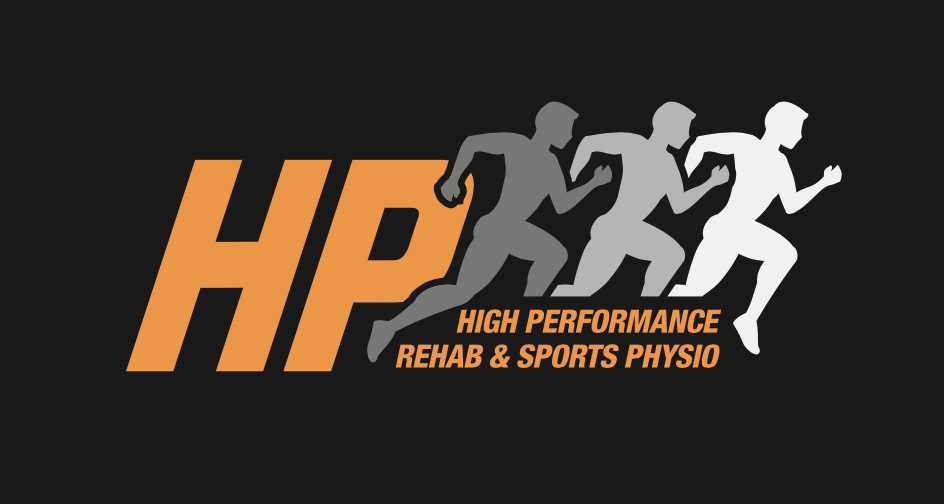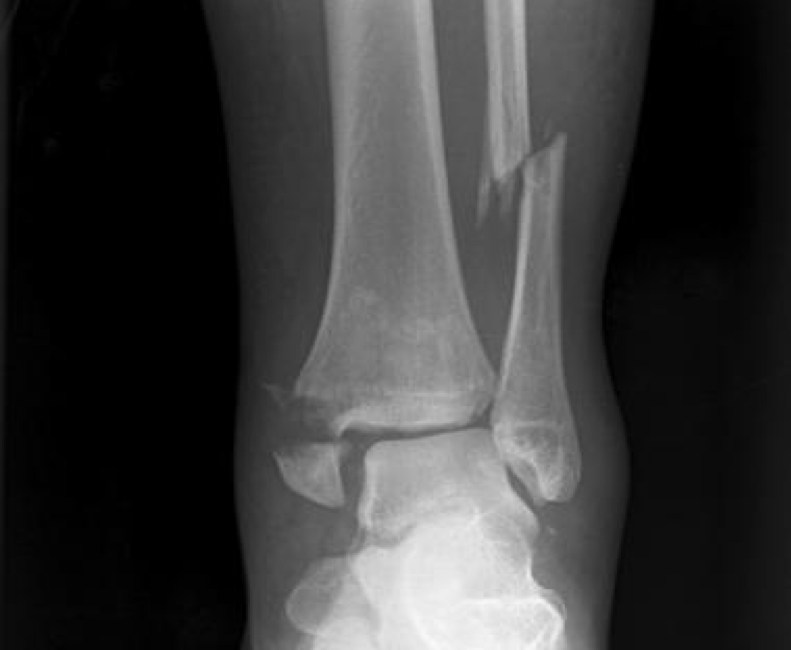ANATOMY AND BACKGROUND
The ankle is an intricate structure made up of multiple ligament complexes and joints, and is one of the most commonly injured body parts in many sport. Ankle injuries have been recorded to account for up to 21% of all sporting injuries (Polzer et al, 2012).
Soft tissue ankle injuries can be commonly divided into low ankle sprains (lateral ligament complex), high ankle sprains (syndesmosis complex), and medial ankle sprains (deltoid ligament complex). Less common are cartilage and bony injuries of the ankle.
Approximately 85% of all ankle injuries involve the low lateral ligament complex, while high ankle injuries account for approximately 5% to 20% of injuries depending on sports (Fallat et al, 1998) (Waterman et al, 2011).
Types of ligament injuries in the ankle
ANKLE INURY DIAGNOSIS AND MANAGEMENT PLANNING
Accurate diagnosis by an experienced sports physiotherapist or sport physician is important to make sure you get the right management in place to ensure a safe return to sport as quick as possible without risking further injury.
Sports physio’s are trained to carry out specific tests to isolate the injured structure, manage your symptoms and if necessary treat the cause of your injury. This commonly requires further investigations such as an X-ray or MRI to determine the extent of the injury around the ankle which your sports physio can refer you for.
Commonly management includes an acute period of Rest, Ice, Compression and Elevation (RICE). Followed by a variety of targeted manual therapy, specific strengthening and balance rehab, and using different taping or bracing techniques to minimise risk of future re-injury.
NOT ALL ANKLE INJURIES ARE CREATED EQUALLY
Due to the rise in speed and power of many sports, and in the more accurate assessment and diagnosis of ankle injuries, high ankle syndesmosis injuries are on the rise. It is important to diagnose these injuries quickly and accurately, as they are managed quite differently to the more common low ankle sprains, and sometimes require surgical intervention.
Imaging is often required to differentiate between these types of injuries and also to clear the nasty stuff like fractures and cartilage injuries.
Imaging of the ankle identifying fractures
INTERVENTION/MANAGEMENT
Once you have a diagnosis, you can get cracking with further physiotherapy treatment, and rehab work. Rehab programs commonly require a combination of strength and balance training, which will not only improve your ankle pain and get you back to sport, but also reduce the likelihood of re-injuring your ankle.
BALANCE TRAINING
Balance training (aka proprioceptive training) should be started as soon as possible and targeted to your sports requirements to help get your ankle back to normal. Functional balance and strength rehab has been shown to be more effective in quicker and safer return to sporting activity than rest and immobilisation alone (Polzer et al, 2012) (Barr et al,2005).
There are a variety of balance exercises our specialist sports physio may prescribe for you, often using a combination of stable and unstable surfaces, eyes open or closed, or the use of resistance bands and throwing and catching. It is important to have these exercises implemented at the right phase of injury.
Once you have mastered your rehab program, our physio’s will functionally assess your ankle’s range of movement, strength, and proprioception to help you decide when to return to training and sport with full confidence in your ankle.
Balance rehab exercise
Our Sports Physio’s and rehabilitation specialists combine years of experience in both the private practice sector with general population, and with elite professional athletes with their current associations with professional sporting teams.
For any queries regarding your sports injuries, or rehab programs, please contact us on 99071784 or if you wish to make an appointment you can book online at https://www.hprsphysio.com.au/book-now
Written by Chris Bailey
Reference List
- Barr, K. & Harrast, M. (2005). Evidence-based treatment of foot and ankle injuries in runners. Phys Med Rehabil Clin N Am 2005;16:779- 99.
- Beumer, A., Swierstra, B. & Mulder, P. (2002). Clinical diagnosis of syndesmotic ankle instability. Evaluation of stress tests behind the curtains. Acta orthopaedica Scandinavica. 73(6), 667-669
- Fallat L, Grimm DJ, Saracco JA. Sprained ankle syndrome: problems and analysis of 639 acute injuries. J Foot Ankle Surg. 1998;37: 280–285.
- Zoch C, Fialka-Moser V, Quittan M. Rehabilitation of ligamentous ankle inju- ries: a review of recent studies. Br J Sports Med 2003;37:291-5.



